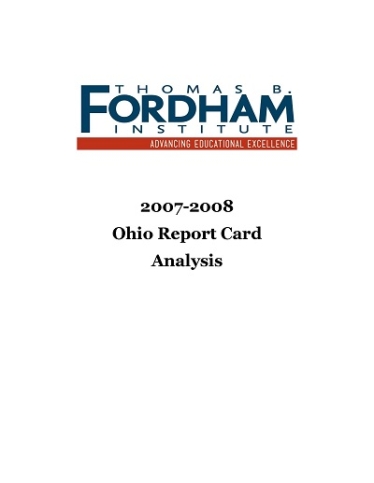The latest Ohio Education Gadfly ?????' who knew decreasing class size was so expensive?
It's no surprise that Ohio's economy is in crisis, but you might be amazed at the price tag for some of Gov. Strickland's new education mandates. Terry points out the implications of decreasing class size in grades K-3 alone (to 15:1), which will cost $784 million per year by 2014.


